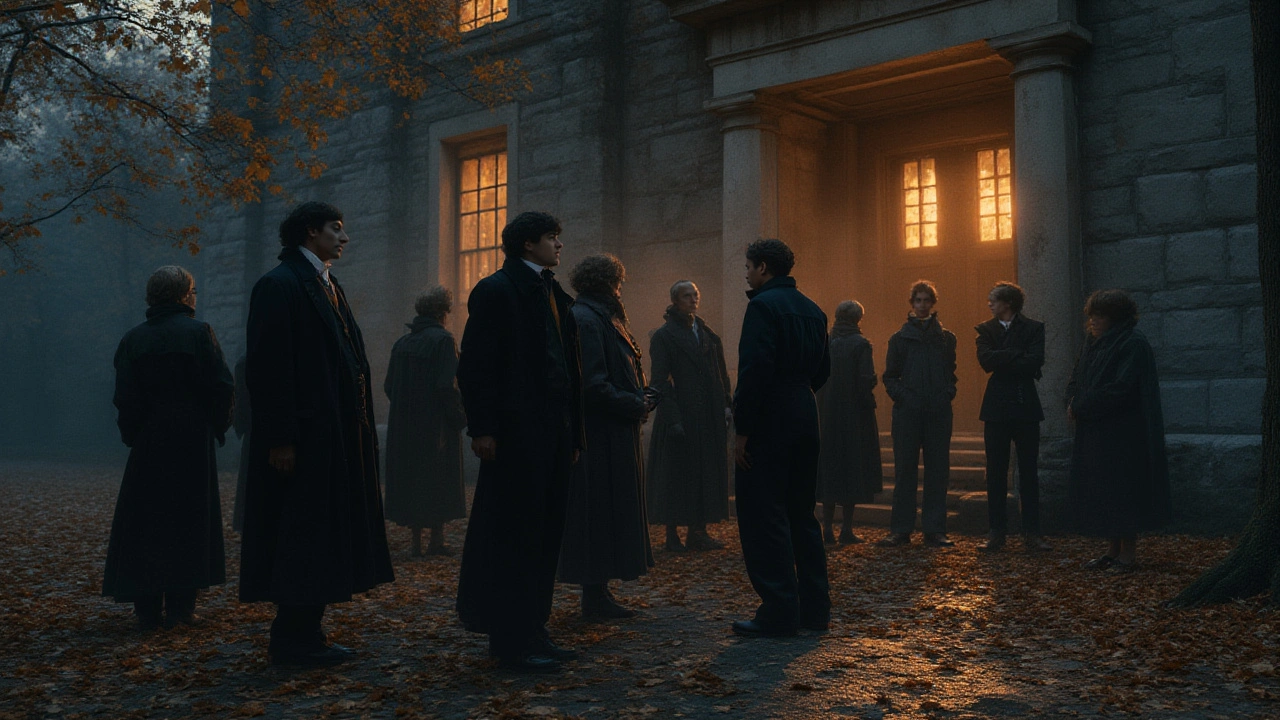Secret Societies: What They Are and Why They Matter
Ever wonder why people talk about secret societies like the Freemasons or the Illuminati? These groups keep a low profile, but they still influence politics, business, and culture. Let’s break down the basics so you can tell fact from fiction.
How Secret Societies Form and Operate
Most secret societies start with a handful of people who share a goal—whether it’s advancing a philosophy, protecting members, or gaining power. They set up rituals, symbols, and a code of silence to keep outsiders out. Membership usually involves an invitation, an initiation ceremony, and a pledge of loyalty.
Because they want to stay hidden, these groups often use private meetings, coded language, and exclusive venues. That secrecy can be genuine—protecting members from persecution—or a way to build mystique and attract curiosity.
Famous Examples and Their Real Influence
The Freemasons are probably the most well‑known. They began as a guild of stonemasons in medieval Europe and later turned into a fraternal network with charitable projects and political connections. While many conspiracy theories claim they control world events, most historians agree their influence is limited to local communities and some notable members.
The Illuminati, founded in 1776 in Bavaria, lasted only a few years before being outlawed. Modern references to the Illuminati are largely pop‑culture and conspiracy hype; there’s no solid evidence they still exist as a powerful hidden hand.
Other groups, like the Skull and Bones at Yale or the Rosicrucians, have real alumni who became leaders in business or government. Their secret rituals create strong bonds, which can translate into networking benefits for members.
It’s easy to mix up myths with reality. Some secret societies genuinely focus on charity or self‑improvement, while others are more about status and power. The key is to look at documented actions—donations, public statements, or legal records—rather than rumor.
So how can you spot a real secret society? Look for consistent membership lists, verifiable charitable work, and a clear purpose. If a group only shows up in vague internet posts or relies solely on symbolism without any public footprint, it’s probably more fantasy than fact.Understanding secret societies helps you separate sensational stories from real history. Whether you’re curious about a local lodge or a worldwide network, focus on documented facts, ask questions, and keep an eye on how the group impacts its community.
Next time you hear a claim about a hidden group pulling the strings, remember the basic checklist: invitation process, documented actions, and reliable sources. That’s how you stay informed without getting caught up in wild speculation.
